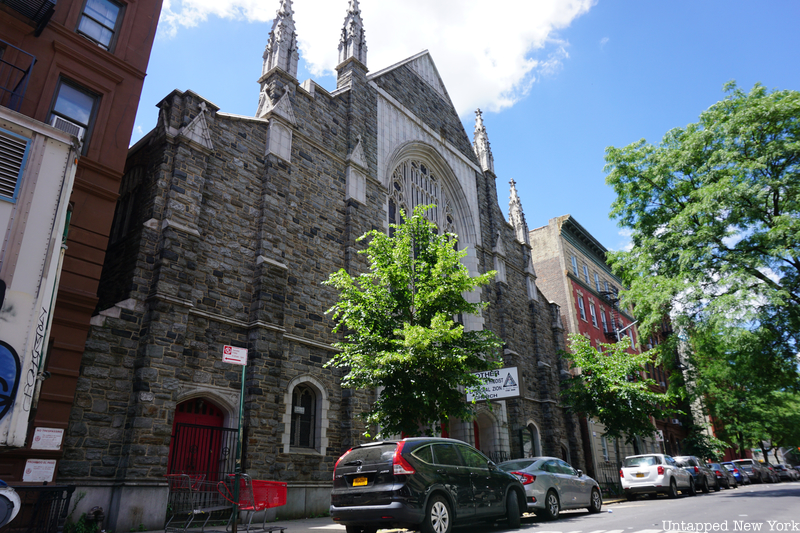4. The Mother African Methodist Episcopal Zion Church

Mother African Methodist Episcopal Zion Church, led by Pastor James W. Brown from 1912 to 1936 and Dr. Benjamin C. Robeson from 1936-1963, was a leader in the civil rights movement that shaped Harlem from the 1920s to the 1960s. The church drew high-profile residents such as Langston Hughes, W.E.B. Du Bois, Marion Anderson, Roland Hayes, Joe Louis, and Paul Robeson. Spirituality played a significant role in the literature of the Harlem Renaissance: Countee Cullen’s “The Black Christ” compares the suffering of Christ with that of African-Americans; James Weldon Johnson wrote hymns and edited books of spirituals; Zora Neale Hurston examined Christian and African folk beliefs; Paul Robeson attended services at Mother Zion conducted by his activist brother, and Langston Hughes attended services and spoke at Mother Zion. Today, the church continues to stand as one of the country’s most prominent Black churches and a symbol of Harlem’s religious, cultural, and civil rights history.
The Mother African Methodist Episcopal Zion Church at 140-148 West 137th Street is the founding A.M.E. Zion branch and the sixth home of New York City’s first Black church. The impressive stone structure was built during the height of the Harlem Renaissance in 1923 to 1925 and was designated as an official New York City landmark in 1993. In the early 1920s, Mother Zion Church, then located at 151 West 136th Street, bought three churches on West 137th Street, which it demolished to construct a grander church representing its burgeoning identity and vision. The church hired George W. Foster Jr., one of the first Black architects registered in the United States and one of only 59 at the time, to design the imposing neo-Gothic structure.





